



The WHO establishes a new legally binding alert, "Pandemic Emergency," under the IHR to prevent delayed responses like COVID-19. It defines severe global threats that strain health systems and require coordinated international action. Member states, including India, must create National IHR Authorities, strengthen surveillance, and ensure equitable access to essential health products.

Copyright infringement not intended
Picture Courtesy: THEHINDU
The 194 member states of the World Health Organization (WHO) amended the International Health Regulations (IHR) in June 2024, which came into force in September 2025, introducing a new legal category called pandemic emergency.
A "pandemic emergency" is defined as a public health emergency of international concern caused by a communicable disease that:
They are international legal instruments that govern how countries prevent and respond to the cross-border spread of disease and other public health risks.
The regulations are binding on 196 countries, including all 194 Member States of the WHO.
Under the IHR, countries known as "States Parties" have specific rights and obligations. These include:
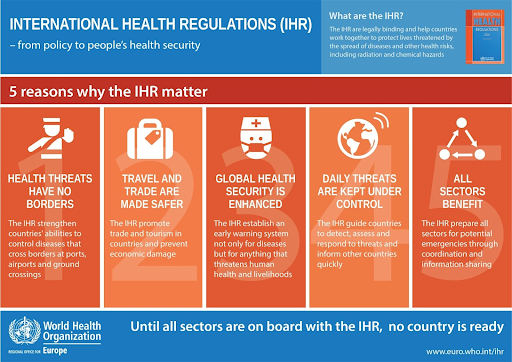
Introduction of "Pandemic Emergency"
Creates a tiered alert system (PHEIC as the base, pandemic emergency as the highest alert) to trigger a more urgent and coordinated international response for the most severe threats.
Commitment to Equity and Solidarity
Amendments legally enshrine principles of equity, obligating WHO and member states to ensure fair access to health products like vaccines, diagnostics, and treatments during health emergencies.
Coordinating Financial Mechanism
A new mechanism will be established to help developing countries in building and maintaining the core public health capacities required by the IHR.
States Parties Committee
A committee of member states will be created to facilitate the effective implementation of the regulations.
Respect for National Sovereignty
Amendments state that Countries retain full sovereignty to implement public health measures based on their national laws and contexts.
Enhanced Speed and Clarity
Clear definition of a pandemic emergency aims to prevent delays in declaration and response, as seen during the early stages of the COVID-19 pandemic.
Addressing Inequity
By focusing on equitable access to health products and establishing a financial mechanism, the amendments aim to reduce disparities between developed and developing nations.
Strengthened Global Collaboration
Creation of national authorities and a dedicated States Parties Committee promotes better coordination to ensure that preparedness is a continuous and collaborative effort.
Building Resilience
By focusing on strengthening core capacities everywhere, the new rules aim to build a more resilient global health system capable of resisting the shock of future pandemics.
The adoption of the IHR amendments strengthens global pandemic preparedness, but effective implementation requires sustained political will and financial investment. Strong commitment and resources will ensure these obligations translate into tangible protection against future health threats.
Source: THE HINDU
|
PRACTICE QUESTION Q. With reference to the recently amended International Health Regulations (IHR), consider the following statements:
Which of the statements given above is/are correct? A) 1 and 2 only B) 3 only C) 2 and 3 only D) 1, 2 and 3 Answer: B Explanation: Statement 1 is incorrect. "Pandemic Emergency" is a new, higher level of alert, but it does not replace PHEIC. It is a specific, more severe type of PHEIC. Statement 2 is incorrect. The IHR are legally binding on the 196 States Parties to the regulations, which include all WHO member states, not all UN members. Statement 3 is correct. A key 2024 amendment is the requirement for countries to establish a National IHR Authority to coordinate the implementation of the regulations. |
A pandemic is a global epidemic of an infectious disease that spreads across multiple continents or worldwide. It's not determined by the severity of the disease but by its wide geographical spread.
The main goal is to prevent, prepare for, and equitably respond to future pandemics. This is achieved by strengthening international collaboration, especially concerning equitable access to vaccines, treatments, and diagnostics.
"One Health" is a collaborative approach that recognizes the interconnectedness of human, animal, and environmental health. It is central to the new regulations for addressing emerging diseases that originate at this interface.
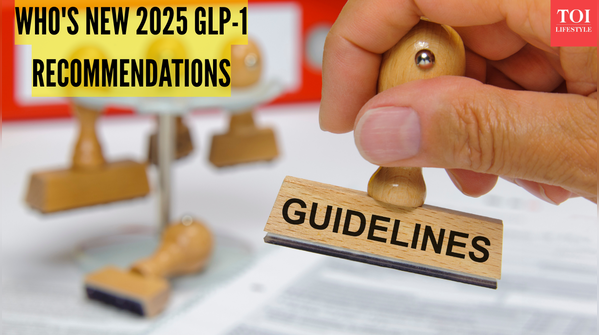
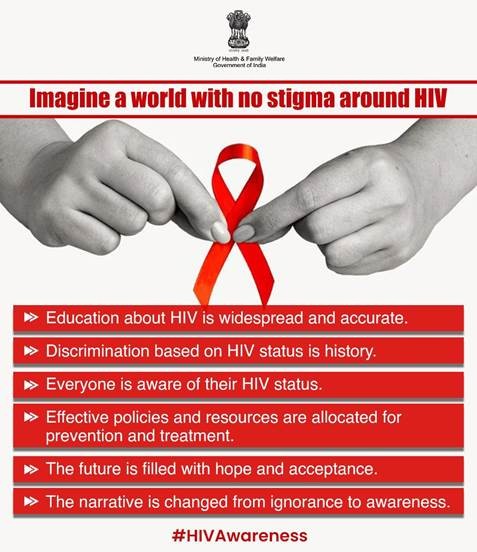

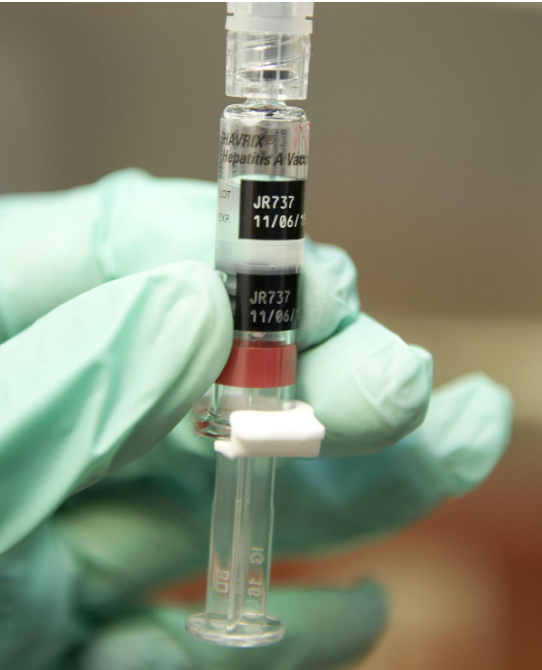
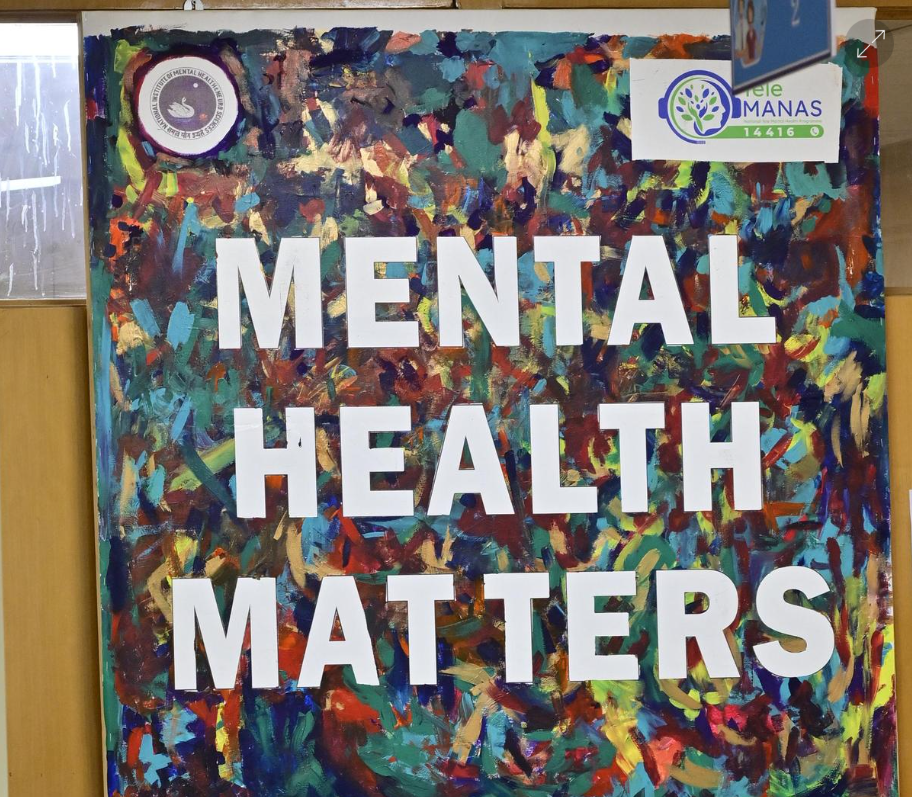

© 2025 iasgyan. All right reserved